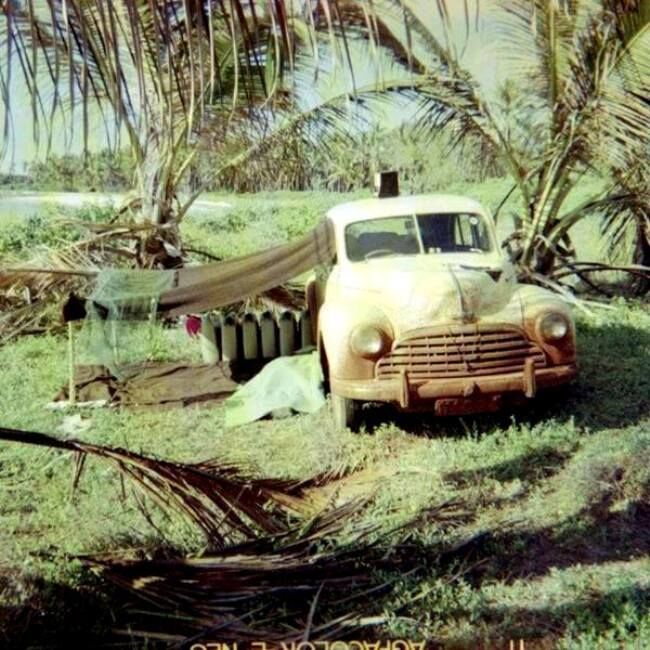According to archaeological findings, Watamu is said to have been inhabited from as far back as the 13th Century.
The famous Gede ruins indicates a sea port cut through Mida Creek at a deep-water place called Sita, and therefore validates the formation of the Watamu community.
Contemporary Watamu has a history traceable to 1937 when an Irish family, the Flynns, shipwrecked around Watamu, washed ashore onto the Turtle Bay beach, and lived in an overturned boat. By then Watamu was just a forest with only occasional visiting fishermen from Malindi and Lamu (the Bajuni/Swahili) who sought refuge from rough sea conditions.
The existing development commenced around 1950-1960 when the colonial Government cut out 50 beachfront plots from Blue Bay to Mida Creek for lease to mostly either white settlers of Kenya or other affluent international visitors. This set the alluring precedent for Watamu as the holiday destination of choice.
The mid-21st century settlement story of Watamu also includes the indigenous people of Gede, Jimba, Dabaso areas where the Mijikenda were allowed to buy and settle. Likewise, Bajuni fishermen families also relocated to the Watamu Village. To their benefit, the British government blasted a section of the reef to provide a gateway (Mlango) for docking boats closer to the shore.
Near this harbour, Ian Pritchard constructed the first bar, Ocean Sports, in 1951. The bar was subsequently developed into a hotel and was the first centre for water sports. Shortly after, Watamu Beach Hotel was built to overlook Watamu Bay. Today, both are popular tourist destinations.
Watamu, a cosmopolitan society, is both a top holiday destination and rich bio-diverse marine area. This is assisted by Kenya Wildlife Service's gazettement of the area in 1968 to form the Watamu National Marine Park and Reserve, extending 42km2 along the coast, providing legal protection for the conservation area. In 1979, Watamu increased international protection when it was declared a United Nation's Man and Biosphere Reserve.













